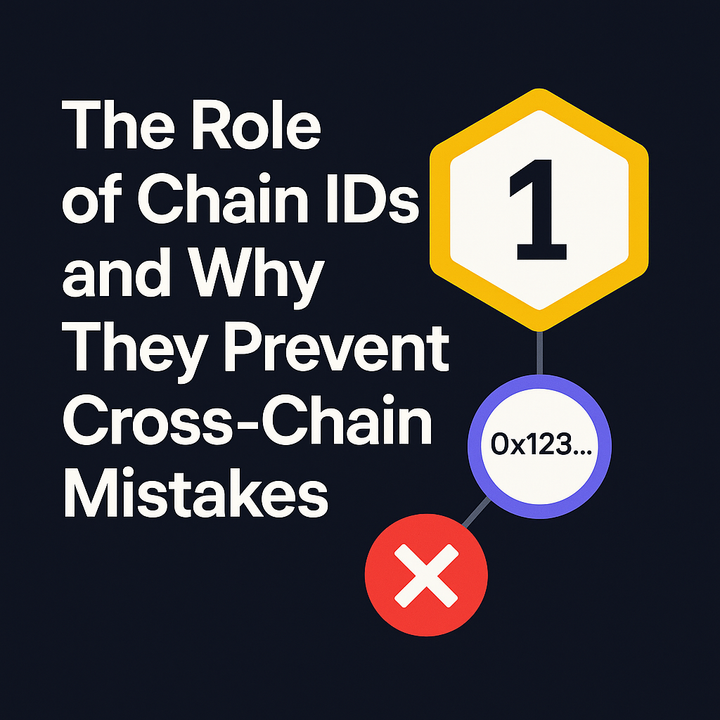Mixnets, Privacy Pools, and the Evolution of Crypto Mixing Services

Introduction
Privacy has always been a fundamental tenet of the crypto movement. While blockchains promise transparency and decentralization, they also inadvertently expose every transaction to the public. This transparency, while important for trustless systems, poses serious privacy challenges. To counteract this, developers have continuously built tools to restore a degree of confidentiality to users’ financial transactions. Among the most controversial yet vital privacy tools have been crypto mixers, such as Tornado Cash.
However, as governments and regulators have begun to scrutinize these systems, new privacy-preserving primitives are emerging, notably Privacy Pools leveraging Zero-Knowledge Proofs (ZKPs) and network-level anonymity protocols like Mixnets. This article explores the evolution from traditional mixers to cutting-edge zk-based privacy pools, the trade-offs involved, and how this evolution shapes the future of blockchain privacy.
Understanding Crypto Mixers: The Rise and Fall of Tornado Cash
What Are Crypto Mixers?
Crypto mixers, or tumblers, are services that obfuscate the link between the sender and recipient of cryptocurrency. The most famous example, Tornado Cash, allowed users to deposit ETH into a smart contract and then withdraw it to another address, breaking the on-chain link between them.
These systems rely on zero-knowledge proofs to ensure the validity of withdrawals without revealing which deposit is being withdrawn. Tornado Cash was non-custodial, open-source, and deployed on Ethereum, and yet it became a target for legal action.
Why Was Tornado Cash Sanctioned?
In August 2022, the U.S. Department of the Treasury’s Office of Foreign Assets Control (OFAC) sanctioned Tornado Cash due to its use in laundering over $7 billion in crypto, allegedly by groups like North Korea’s Lazarus Group. This marked a turning point: for the first time, code and its developers became subjects of regulatory enforcement.
Impacts of the Sanctions
- Legal implications for developers and contributors.
- Decreased trust in mixers as a long-term solution.
- Increased demand for compliant privacy systems.
The Cryptographic Evolution: Zero-Knowledge and Privacy Pools
As traditional mixers face censorship, the ecosystem is pivoting toward more sophisticated, transparent, and opt-in privacy solutions, notably Privacy Pools, an idea introduced by Ethereum researcher Vitalik Buterin and others.
What Are Privacy Pools?
Privacy Pools build on the Tornado Cash model but introduce a zk-SNARK that allows users to prove their funds originate from a “clean” subset of users within a mixing pool, without revealing identities.
How They Work
- User deposits ETH into a privacy pool smart contract.
- The contract uses ZKPs to generate a commitment that proves validity.
- Upon withdrawal, the user proves:
- That they previously deposited.
- That they belong to a subgroup of “legitimate” users.
- Without revealing which specific deposit is being spent.
This structure allows users to opt in to regulatory compliance, which satisfies regulators while preserving anonymity for law-abiding users.
Benefits Over Tornado Cash
| Feature | Tornado Cash | Privacy Pools |
|---|---|---|
| Privacy Level | High (for all users) | High (with opt-in compliance) |
| Compliance | None | Selective disclosures possible |
| Censorship-resistance | High | Medium (trade-off for compliance) |
| UX | Manual | Can be automated with smart wallets |
Mixnets: Network-Level Anonymity
While mixers and privacy pools work on the transaction layer, Mixnets like Nym and Loopix operate at the network layer, anonymizing communication metadata, IP addresses, origin nodes, and traffic patterns.
How Mixnets Work
A Mixnet routes messages through a network of nodes that shuffle and delay packets, breaking the link between sender and receiver. Each node re-encrypts the packet, similar to onion routing in Tor, but with randomized delays and batching to thwart timing analysis.
Applications for Crypto
- Protecting wallet access patterns
- Enhancing privacy in dApps
- Obfuscating transaction broadcasting on mempools
- Strengthening confidential voting, messaging, and DAO coordination
Mixnets can be combined with zk-based systems for a full-stack privacy experience, protecting both network and transaction layers.
Real-World Projects Using Privacy Pools and Mixnets
1. zkBob: A zk-powered wallet and pool that allows private transfers of BOB stablecoins on zkSync Era and Polygon. Users deposit tokens into a shielded pool, and withdrawals are unlinkable.
2. Railgun: A smart contract system using ZK-SNARKs to enable private DeFi on Ethereum and other EVM chains, including Uniswap trades and lending on Aave, with private balances and histories.
3. Nym: Nym is a full-fledged mixnet that integrates with crypto wallets, enabling anonymous transaction broadcasting and privacy-enhanced dApp usage.
4. Nocturne: Nocturne is an emerging zk-based protocol for private on-chain accounts. Allows users to conduct private transactions without leaving the EVM ecosystem.
5. Aztec Network: Aztec is a privacy-first Layer 2 using zkRollups with private smart contracts and encrypted state. Aztec Connect lets users interact with DeFi privately.
Trade-offs and Challenges
Despite their promise, these new systems face several technical and philosophical challenges:
Technical Complexity
- Writing efficient zk circuits is difficult.
- Mixnets can introduce latency.
- Interoperability between protocols is limited.
UX and Adoption
- Most users don’t understand ZKPs or Mixnets.
- Wallet integration and UI are still evolving.
- Privacy comes at the cost of convenience and speed.
Regulatory Ambiguity
- Is selective disclosure enough for compliance?
- Who gets to define the “legitimate” set in privacy pools?
- Will regulators target developers again?
The Path Forward: Compliant, Modular Privacy
The future of privacy in crypto is unlikely to be monolithic. Instead, it will involve:
- Modular architecture: Combine Mixnets (network privacy) + ZKPs (transaction privacy).
- Selective compliance: Let users prove “innocence” without revealing everything.
- Wallet-native integration: Privacy tools should be built into wallets like MetaMask or Rabby.
- Open standards: Interoperable privacy layers across chains and protocols.
This evolution reflects a maturing crypto space, one that recognizes privacy as a right, but not at the expense of security, legality, or usability.
Conclusion
The shift from blunt tools like Tornado Cash to nuanced, zk-based Privacy Pools and Mixnets marks a profound transformation in blockchain privacy. These new primitives offer a more sophisticated vision of confidentiality, one that balances anonymity, compliance, and scalability. As projects like Nym, zkBob, and Nocturne advance, users can expect a future where privacy is not an afterthought, but a fundamental layer of the decentralized stack.
References
- https://www.zkbob.com/
- https://railgun.org/
- https://aztec.network/
- https://arxiv.org/pdf/1703.00536
- https://home.treasury.gov/news/press-releases/jy0916
MITOSIS official links:
GLOSSARY
Mitosis University
WEBSITE
X (Formerly Twitter)
DISCORD
DOCS



Comments ()